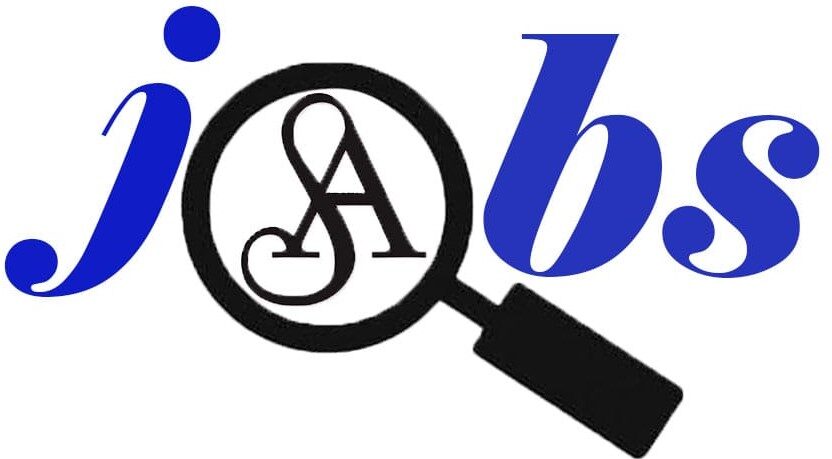A welder is a skilled tradesman who joins metal or fills and repairs holes in metal constructions using intense heat and gas. Welders work in all types of industrial, manufacturing and construction applications; some even work underwater to repair oil rig foundations, ship hulls, and other types of underwater structures. Due to the almost universal need for their skills, welders are in high demand around the world.
What does a welder do?
The specific job duties of a welder vary depending on the skill of the welder and the industry in which he works.
Unskilled welders –
Work on assembly lines, performing repetitive welding tasks. They can employ robots to join body panels from a car or truck or perform spot welding during the construction of specialized equipment. They may have little or no knowledge of metal properties or the types of gas, wires, and configurations that are used to produce a strong, stable weld.
Expert welders –
Know the welding specifications of many types of metals. Through learning or education, they learn advanced welding techniques and can weld by hand or use robots to weld metal components.
While those who use robots are often confined to working in a factory, those who weld by hand can work in almost any type of application. Construction welders join steel I-beams for high-rise structures, skyscrapers, and any other type of building that uses metal. Welders can also work on a car racing team, repairing the chassis of a damaged car or building a completely new one. NASA even employs highly trained welders to work in aerospace applications.
Depending on the project, welders use one of more than 100 welding methods. In arc welding, workers weld by hand or with a machine. It is the most common welding method in which an electric current arc combines two pieces of metal with a special welding rod. Oxy-fuel welding, oxy-acetylene welding, or gas welding use gases and oxygen to produce the heat needed to melt and join metal parts. Other types include resistance welding, shielded metal arc welding, submerged arc welding, and more modern laser beam welding processes. Welders can specialize in one or more of these types, as certain metals will require specific welding methods.
Welders often work from drawings or specifications, then use their knowledge of base metals and joining techniques to select the appropriate material for the job. They cut, place and spot weld metal in preparation for one of many welding processes. The difficulty of the work depends on the type of metal and the position. Hard metals like titanium and steel tend to warp less and are therefore easier to join. Soft, malleable materials such as aluminum deform easily and are subject to damage if the surface is not thoroughly cleaned; Special care must be taken on the part of the welder to avoid imperfections in the weld.
Regardless of type, welders are exposed to intense and blinding heat and must take special care to ensure their own safety and the safety of those around them. Welders wear special gloves and aprons to prevent sparks and flames from burning their clothing and skin. They also wear a special mask to avoid sudden burns, which are very similar to eye sunburn. In addition to taking safety precautions, welders should closely monitor the metal they are welding. Special care is taken to avoid overheating of the metal which leads to warping, distortion, contraction or expansion. Welders also maintain their equipment and work with various power tools, including a grinder, to prepare the metal surfaces for welding.
What is the workplace of a welder like?
Many welders work a regular 40-hour workweek, although overtime opportunities are frequent due to the demand for welding. It is estimated that one in five welders works 50 hours or more per seven-day period.
